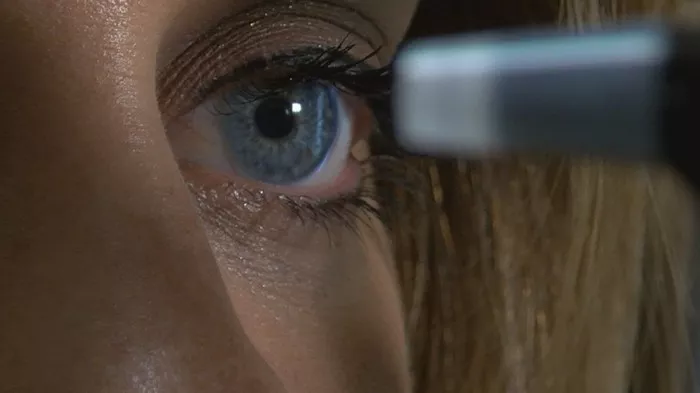AAP Rajya Sabha MP Raghav Chadha’s forthcoming vitrectomy surgery in the United Kingdom, aimed at preventing retinal detachment, has brought attention to the severity of this eye condition. Party sources reveal that retinal detachment, characterized by small holes in the retina, poses significant risks to vision and necessitates immediate treatment to avert permanent damage.
Retinal detachment is described by Dr. Mahipal Singh Sachdev, President and Managing Director of Center for Sight, New Delhi, as a critical eye condition wherein the retina, the tissue layer responsible for vision at the back of the eye, separates from its supporting tissues. This detachment disrupts the blood supply to the retina, resulting in compromised vision and potential irreversible blindness. The retina is vital for sensing light and transmitting signals to the brain for visual perception.
Symptoms of retinal detachment may vary, with some individuals experiencing sudden onset symptoms such as flashes of light (photopsia), an increased number of floaters in vision, peripheral vision darkening, or shadowing and partial vision loss. Immediate medical attention is imperative upon experiencing these symptoms to prevent further deterioration of vision.
Retinal detachment can occur due to various factors, including aging, eye injuries, previous retinal detachment or family history, prior eye surgeries, and underlying eye conditions such as nearsightedness, posterior vitreous detachment, and diabetes-related retinopathy. Individuals at high risk for retinal detachment are advised to undergo regular eye exams and adhere to preventive measures recommended by healthcare providers.
Treatment options for retinal detachment depend on the severity and specific circumstances of the condition. Modalities include laser therapy or cryopexy to seal retinal tears before detachment, pneumatic (gas bubble) retinopexy to facilitate reattachment of the retina using a gas bubble, scleral buckle surgery to support and reposition the detached retina, and vitrectomy to surgically remove the vitreous gel within the eye and reattach the retina using laser therapy or cryopexy. Postoperative care typically involves specific protocols to optimize healing and recovery, including maintaining a particular head position, avoiding certain activities, and adhering to altitude restrictions if a gas bubble has been inserted into the eye.
In summary, Raghav Chadha’s decision to undergo vitrectomy surgery emphasizes the importance of prioritizing eye health and seeking timely treatment for retinal detachment. By raising awareness about this sight-threatening condition and its treatment options, individuals can take proactive steps to safeguard their vision and ensure optimal eye health in the long term.

